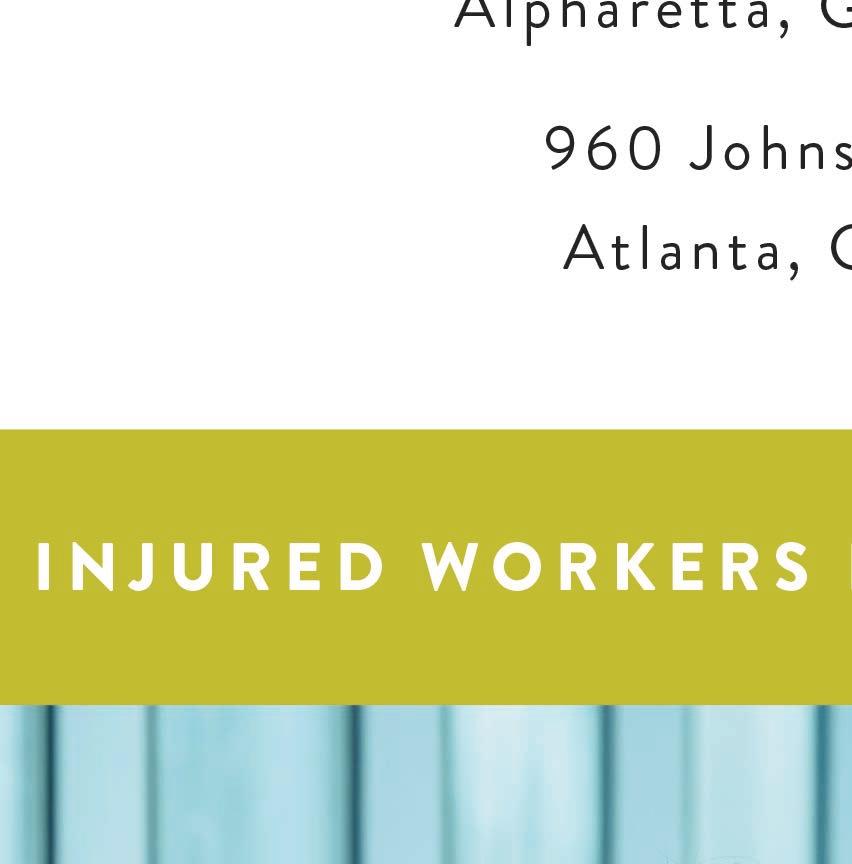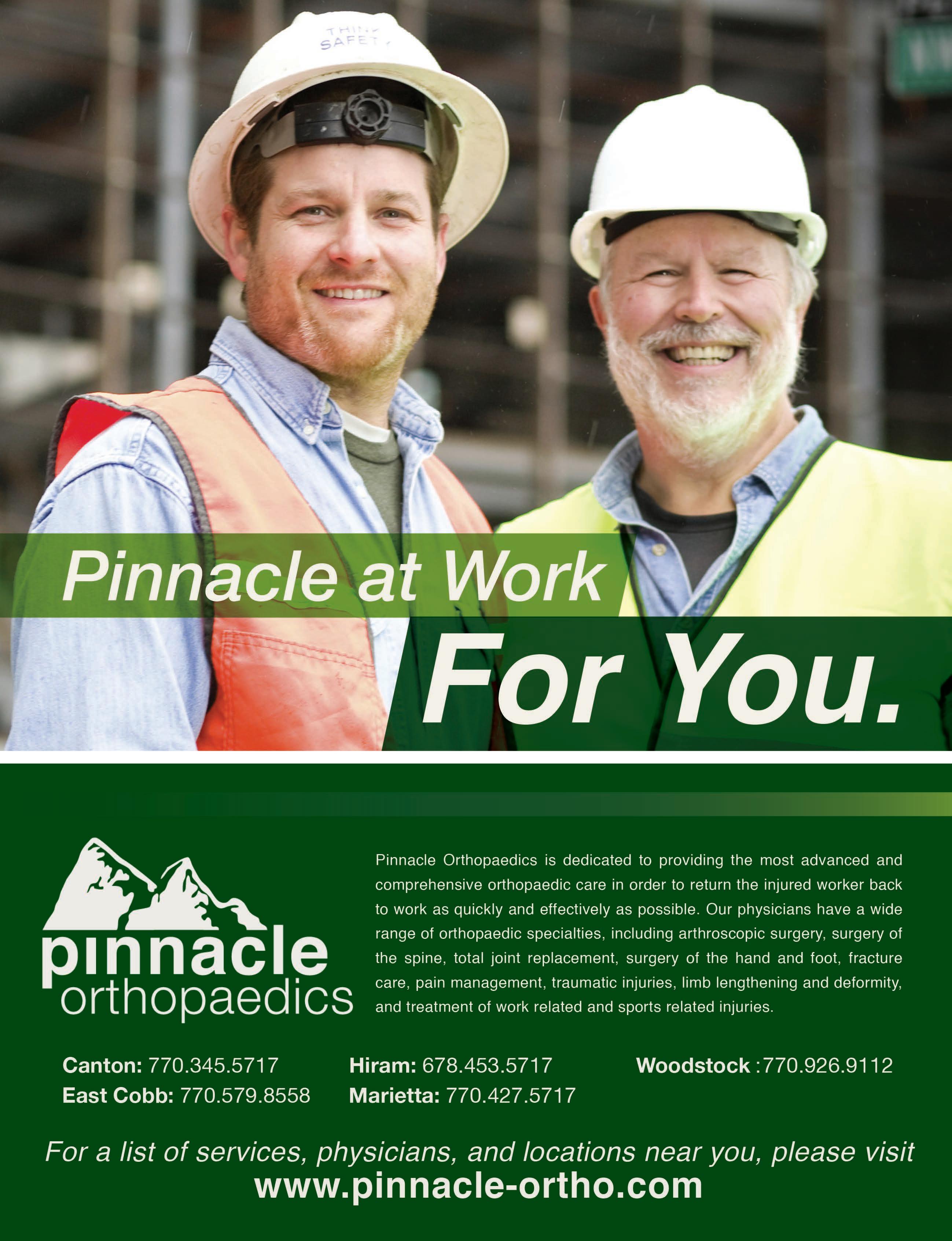
2 minute read
Return to Work Decisions: Restrictions, Limitation, Capacity, and/or Tolerance
Shane Mangrum, M.D.

“In the sweat of thy brow shalt thou earn thy daily bread: it was not a curse upon mankind, but the balm which reconciled it to existence.”
~ W. Somerset Maugham
The process of facilitating the return to work for an injured employee can be complicated to navigate as a treating physician. In school, doctors are educated on how to treat injury and illness. Little heed is given in the physician molding process for how to fill out return to work forms and the functional issues that surround the care of injured workers.

From a practice perspective, the terms “restriction,” “limitation,” “capacity,” and “tolerance” are essential to the communication that moves the process of return to work forward. In a colloquial sense, these terms are used loosely or interchangeably. However, in an occupational medicine sense, these terms each have a very specific meaning imbued that can encourage clear, consistent communication for all parties with a stake in the process.

The American Medical Association (AMA) guides to the Evaluation of Work Ability and Return to Work defines these critical terms as follows:
• Restriction = activity advised against because of harm
• Limitations = activity cannot be performed due to ta lack of physical or psychological capacity
• Capacity = current ability as measured in concept like strength, flexibility or endurance
• Tolerance (defined as “the ability to tolerate sustained work at a given level”) ≠ equivalent to a limitation. In certain situations, a worker “may have the ability to do a certain task (no limitation or restriction), but not the ability to do it comfortably.”
A treating physician must consider these terms carefully when filling out the seemingly ceaseless flow of forms that go along with the return to work process for an injured worker, as well as asking the proper questions when necessary.
The first question he/she must consider: Whether there is a risk of substantial harm with work activity (and not just an increase in symptoms)? If there is a risk of substantial harm, the restrictions are indicated.
The second question to consider: Is the worker actually able to physically do the task in question (again, not considering symptoms, but ability)? If no, then the reason can be stated as a limitation. If the answer to this question is yes, then consider issues of tolerance.
The wise George Herbert once said, “Good words are worth much but cost little.”
The words we physicians choose to communicate the roadmap for return to work are worth much. And they don’t have to cost anything more than a careful moment of consideration.

Shane Mangrum, M.D., is an experienced, board-certified physiatrist at Axion Spine & Neurosurgery in Alpharetta in the Atlanta, Georgia metropolitan area. He is double boarded in physical medicine and rehabilitation, as well as sports medicine. Dr. Mangrum earned his undergraduate degree in organismic and evolutionary biology from Harvard College in Cambridge, Massachusetts. He completed medical school at the University of Utah in Salt Lake City and finished medical training with residencies in physical medicine and rehabilitation at Mayo Clinic and the University of Utah. Drawn to the climate and culture of Atlanta, Dr. Mangrum now resides in Milton with his wife and four beautiful children.















